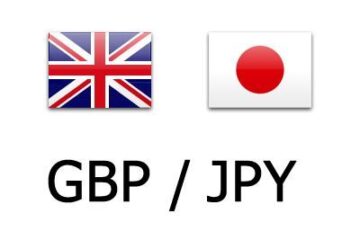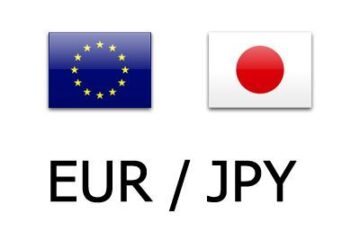House brands used to offer value in exchange for having any sort of brand identity. They haven’t been the white label cans marked “beer” or “soda” for many years, but many popular house brands like Costco’s Kirkland or Walmart’s Great Value brands lack a certain flair.
In many ways, they’re like the correctly named Amazon Basics line — a quality answer to a problem that consumers can trust. There’s nothing fancy about any of these house brands. It’s almost like having pretty packaging or a nice logo would undermine the value-over-everything proposition these brands offer.
Related: Amazon, Walmart, and Target have a secret returns policy
We’ve moved past the days when house brands were seen as generic. You might see “Froot Circles,” or “Rice Crunchies” on your local supermarket chain’s shelves, but the days of grocery chains offering lame knockoffs has mostly given way to higher-end house brands.
That’s an area where Target (TGT) – Get Free Report has been ahead of the curve.
“In addition to launching new private Brands over the past few years, Target has also focused on creating unique programs and pairings within traditional categories to drive newness, seasonal interest, and repeat purchases,” according to Daymon’s (a division of Advantage) 2023 Private Brand Intelligence Report.
That’s an edge that extends beyond just clothing,
Target has made owned-andoperated brands a key part of its business model.
Image source: BRYAN R. SMITH/AFP via Getty Images
Target has something Walmart and Amazon don’t
Amazon mad a big push into owned-and-operated clohing brands but struggled to make them as as successful as its Amazon Basics electronics offerings. That’s likely because people are less willing to buy clothes that that can’t see, touch, and try on.
That’s doubly true for women’s bathing suits and underwear, two areas where the online giant tried to create multiple lines. Target has done well in those areas and across its clothing offerings because it can display them in its stores.
Target’s edge, however, is not just in clothing where it has built distinct brands that differentiate its offerings from Walmart and Amazon. It also has created standout brands in household goods and groceries.
“In grocery, this comes to life through examples such as the expansion from traditional gingerbread house kits into new flavors, seasons, and shapes. In non-foods, basic products such as cat scratchers have become rotational offerings throughout the year, with new patterns, shapes, and seasonal themes to infuse excitement into the category,” Daymon wrote.
Consumers want private labels
Target has been able to remove the stigma around private labels. The retailer has established that its house brands are simply brands, equal if not better than the rest of its offerings.
That has helped the company as consumers have increasingly looked to private labels for value. Target has been a leader in a space that its rivals are increasingly moving into.
“As inflation rages on and consumers deal with rising prices and climbing borrowing costs, retailers expect private brands to drive growth over the next six months. More specifically, 53% percent of retailers are planning for private brands to be their top strategy for growth over the next 12 months, followed by promotions,” according to the Advantage Q3 Outlook report.
It’s a strategy that Target plans to continue to build on. That’s something CEO Brian Cornell talked about during the chain’s third-quarter earnings call.
“Within kitchenware, we launched our most recent owned brand, Figmint, and received an enthusiastic response from our guests,” he shared. “Figmint offers more than 250 items ranging from enameled cookware to ceramic mixing bowls to kitchen gadgets all at a quality, aesthetic and value that can’t be topped.”
Target stock closed the year down 6% as the company faced significant sales pressures due to consumers pulling back on spending on big-ticket items. The company also repeatedly cited retail theft as a drag on its bottom line.


